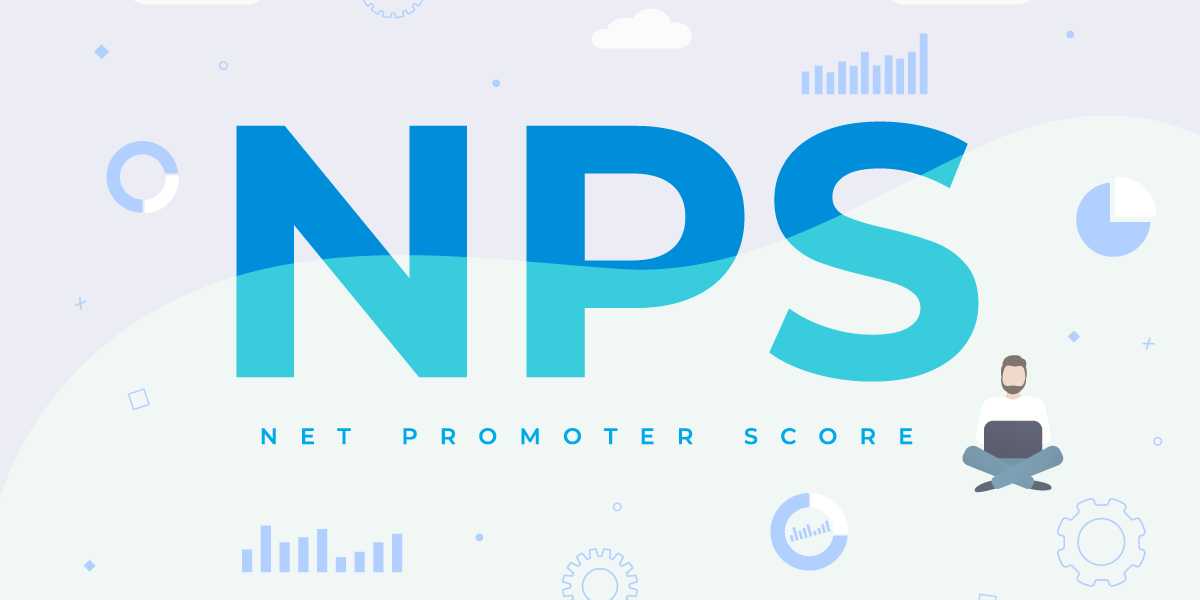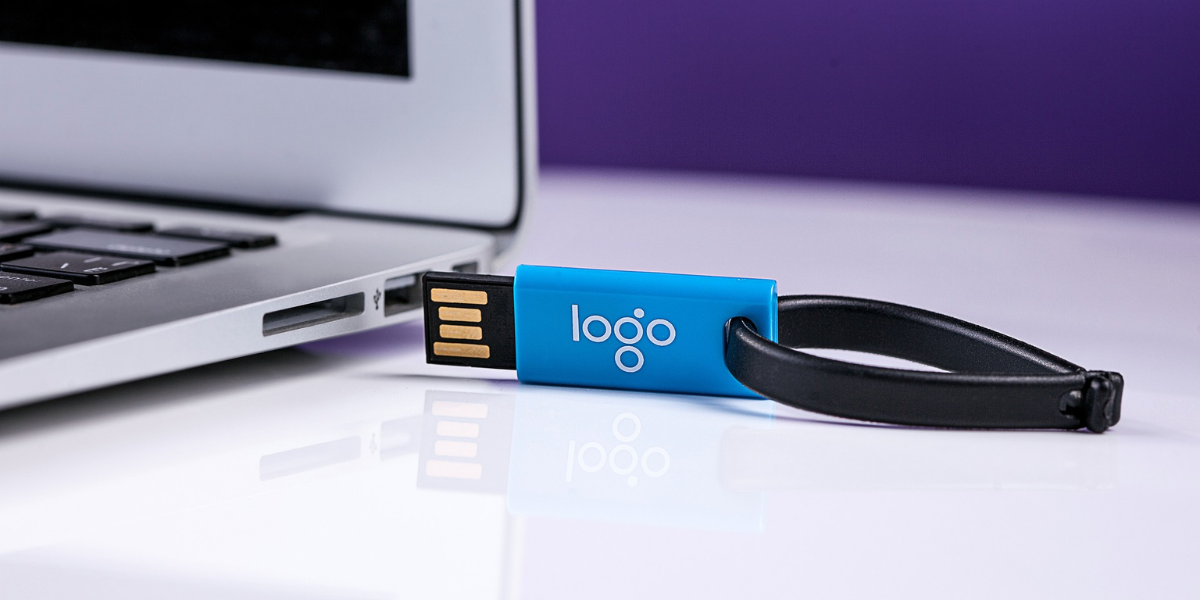Technology has fundamentally changed the way we work and live. Recently, technology has been integral to how we do business. Business leaders in the past needed their employees in one physical place to operate. Technology now allows business owners and employees to communicate easily across time zones and from remote locations.
So, how can remote collaboration be more effective? How can communication be more suitable to employees? Let’s talk about asynchronous communication.
Before we talk about asynchronous communication, we must first define what synchronous communication is. Synchronous communication means that two or more people can exchange information in real-time. In most workplaces, communication happens this way and because of this, people tend to expect responses in real-time. Though it may seem counterintuitive, this is not very effective. How can in-person communication be so inefficient? Well, one survey found that 71% of employees report frequent interruptions while at work, and this has a negative impact on their productivity.

Though synchronous communication may seem more intuitive in a work environment, it does have its drawbacks.
Asynchronous communication, on the other hand, refers to the exchange of data between two or more people without the requirement for all recipients to respond immediately. Asynchronous communication makes it possible for people to respond and act on their own terms—allowing everyone to be proactive rather than reactive. It means that employees can keep their focus rather than answer requests which are currently not their priority.
What are some examples of these? Well, synchronous communication methods can be in-person or virtual. They may be in-person meetings, a phone call, video conferencing, or just asking a teammate a question across the room. Asynchronous communication is generally not in-person and is often unscheduled. Examples of these may be email, or project management tools (for example, we use Asana).
One other example of asynchronous communication we like to employ for our clients are chatbots. Chatbots are just another way for your website visitors to contact you and provide you with information about themselves and what they need. Your chatbot may ask for visitor’s names, email address, phone numbers, company name, and may even ask them about what solutions they’re looking for. After the chatbot collects its needed information, it submits that information to your team, who can then contact those visitors when they have time to.
Chatbots sound great, but do they work? Let’s take a look at one of our clients real-life statistics. When we set up a chatbot for this client, we saw between 1 and 4 interactions and submissions per week, totaling 28 in the third quarter in 2019. But as a long-term strategy, chatbots proved their worth as we now consistently see between 10 and 16 submissions per week and have, thus far, seen 104 submissions in the third quarter of 2020. This allowed for the staff to more effectively organize their contacts and contact them when they had time to.
Now, there are benefits and drawbacks of both modes of communication. Synchronous communication is inherently human. In most workplaces, this is the default, and technology has made real-time communication even more accessible even when we aren’t in the same location and it’s somewhat wired into us that we must respond immediately. This isn’t an inherently bad way to communicate; scheduled or impromptu meetings like one-on-ones, provide feedback on projects, and even the occasional brainstorming session can all be productive uses of time. They can also be time sinks, though.
Asynchronous communication is great for messages which are not urgent. It allows for your coworker to read the email or message on their own time—alleviating the need for scheduling or coordination. This also allows the respondent to think about and process the question you’ve asked so they can give a better response. However, asynchronous communication is not suited for urgent needs and can slow down decision-making.
So, as we can see, there are clear benefits of both synchronous and asynchronous communication. Perhaps the best solution, then, is to enable both forms of communication. The most successful teams will make intentional decisions about how, when, and why they communicate in specific ways.





